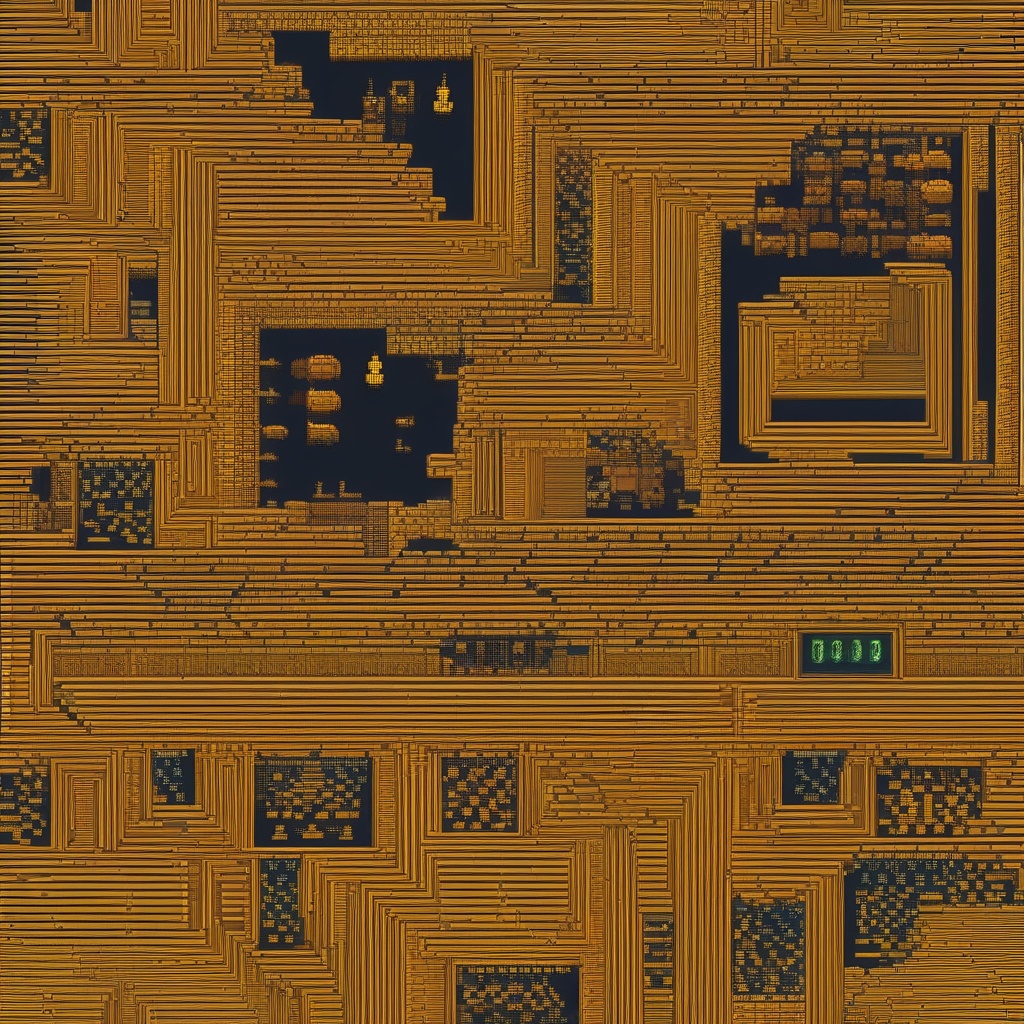What is the difference between Layer 1 and layer 2 crypto?
Could you please elaborate on the fundamental distinctions between Layer 1 and Layer 2 cryptocurrencies? How do they vary in terms of their architecture, scalability, and impact on transaction speeds and costs within the blockchain ecosystem? Additionally, what are some notable examples of projects that embody each layer's principles?

Is Solana layer 1 or Layer 2?
Could you please clarify for me if Solana is classified as a Layer 1 or Layer 2 blockchain protocol? It's a bit of a technical distinction, but I'm trying to understand the fundamental architecture and positioning of Solana within the broader cryptocurrency ecosystem. Your insight would be greatly appreciated.

What is crypto layer 1 vs 2 vs 3?
Could you please explain the differences between crypto layer 1, layer 2, and layer 3 in simple terms? I'm trying to understand the hierarchy and functionality of these layers within the cryptocurrency ecosystem. Specifically, how do they relate to each other, and what are their unique roles in facilitating transactions and scalability?

How many layer 1 blockchains are there?
I'm curious to know, just how many layer 1 blockchains exist out there in the world of cryptocurrency? With so many projects and developments happening all the time, it's difficult to keep track of them all. Is there a definitive list or count that we can rely on to understand the current landscape? And if so, what factors contribute to the growth or decline of the number of layer 1 blockchains?

Is celo a layer 1 or 2?
Could you please clarify whether Celo is categorized as a Layer 1 or Layer 2 blockchain solution? I understand that Layer 1 blockchains are the foundational blockchains that host smart contract platforms and decentralized applications, while Layer 2 solutions are designed to improve the scalability, speed, and efficiency of Layer 1 blockchains. Given Celo's unique mobile-first approach and its focus on financial inclusion, I'm curious to know where it fits in this context.

